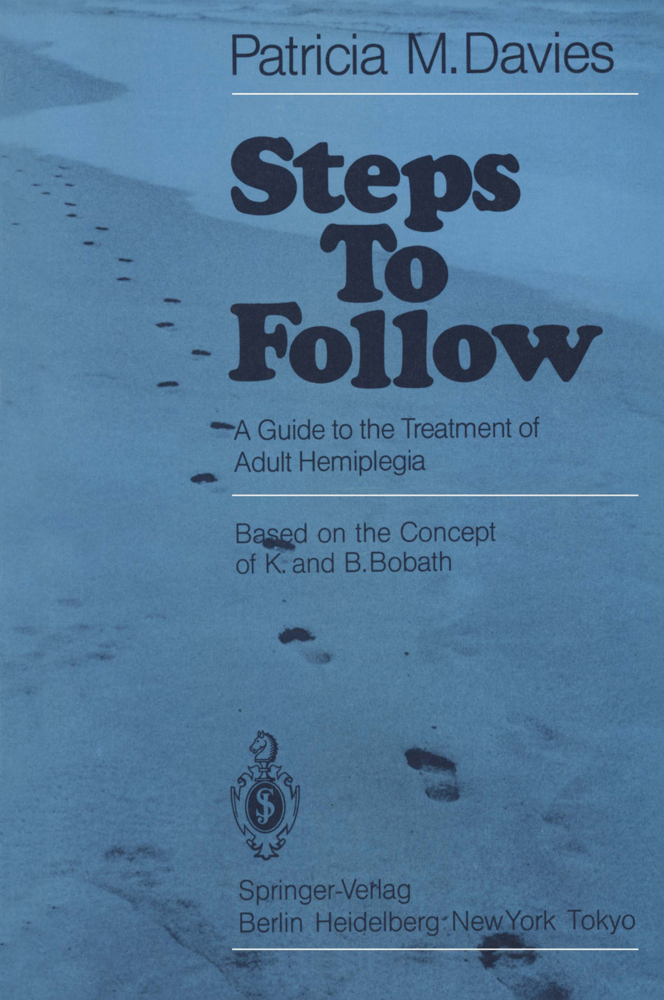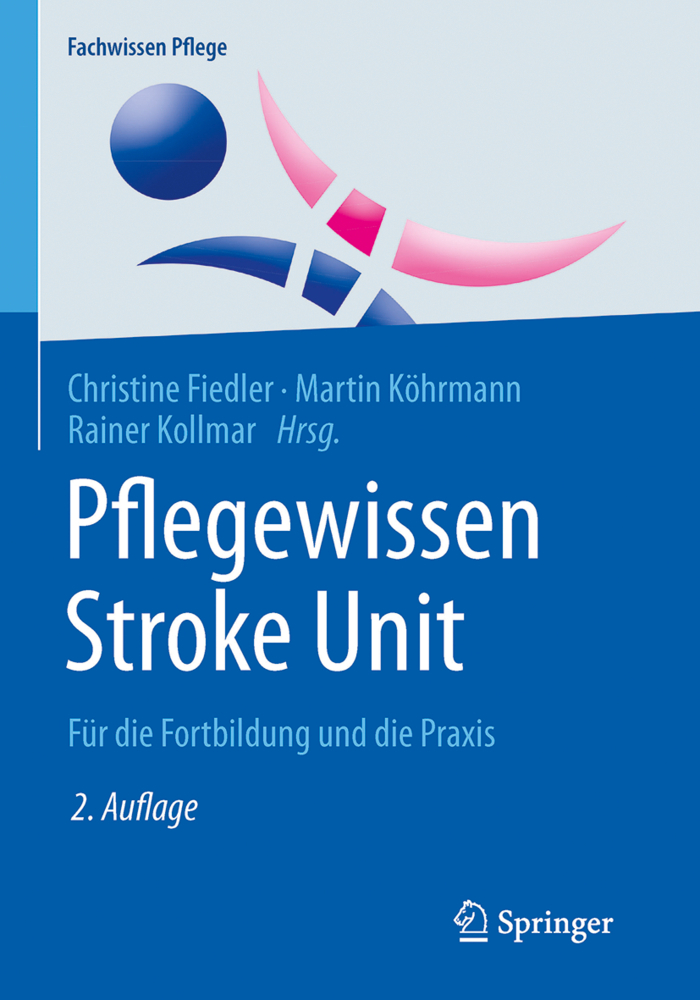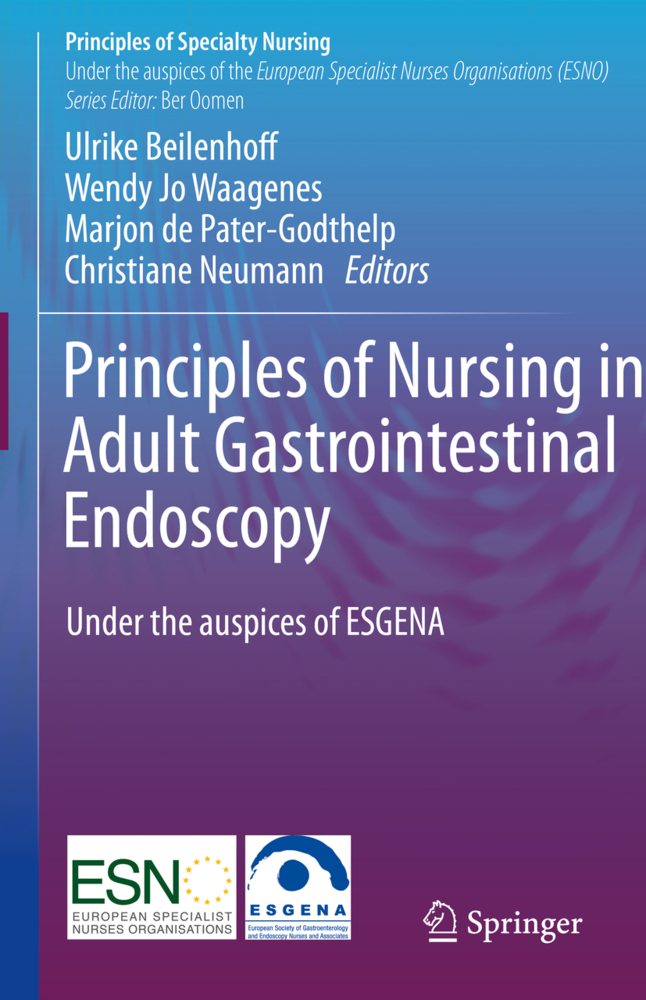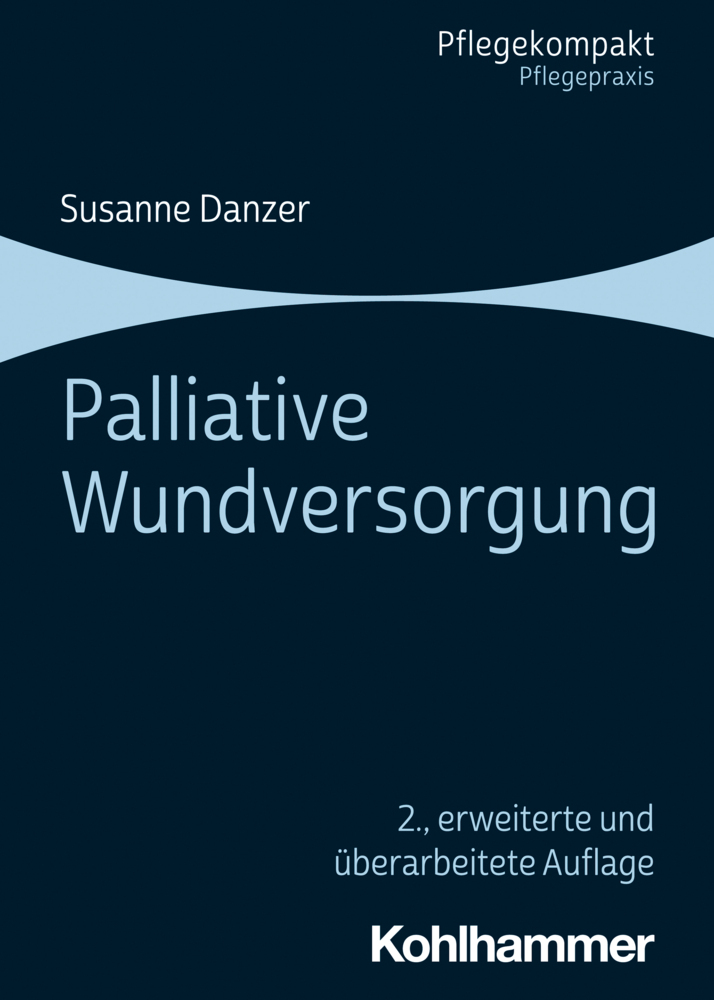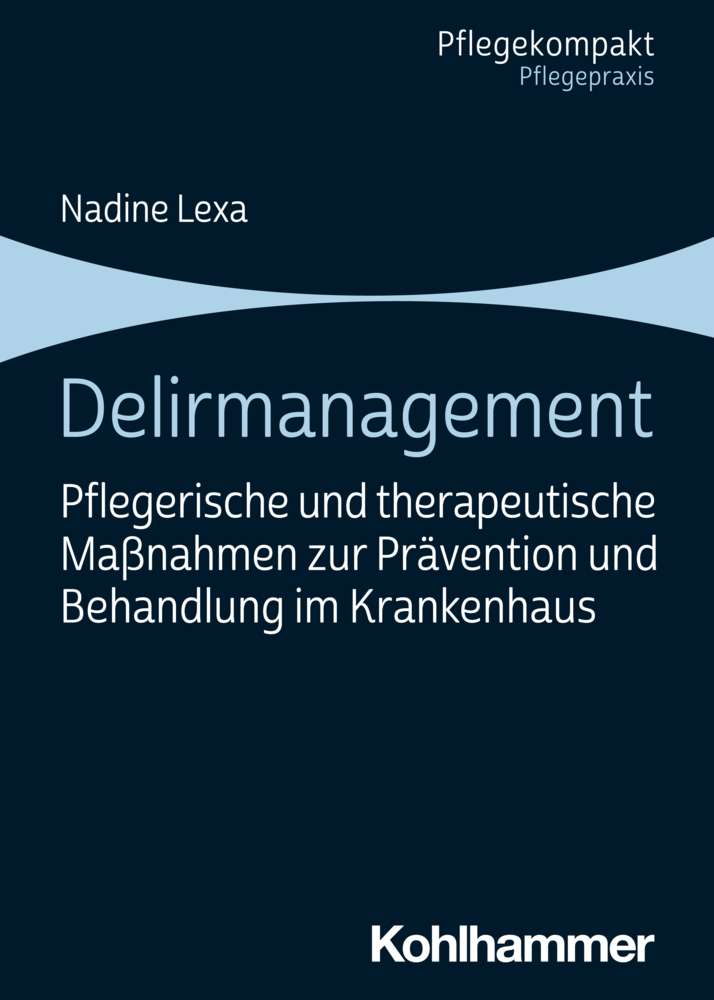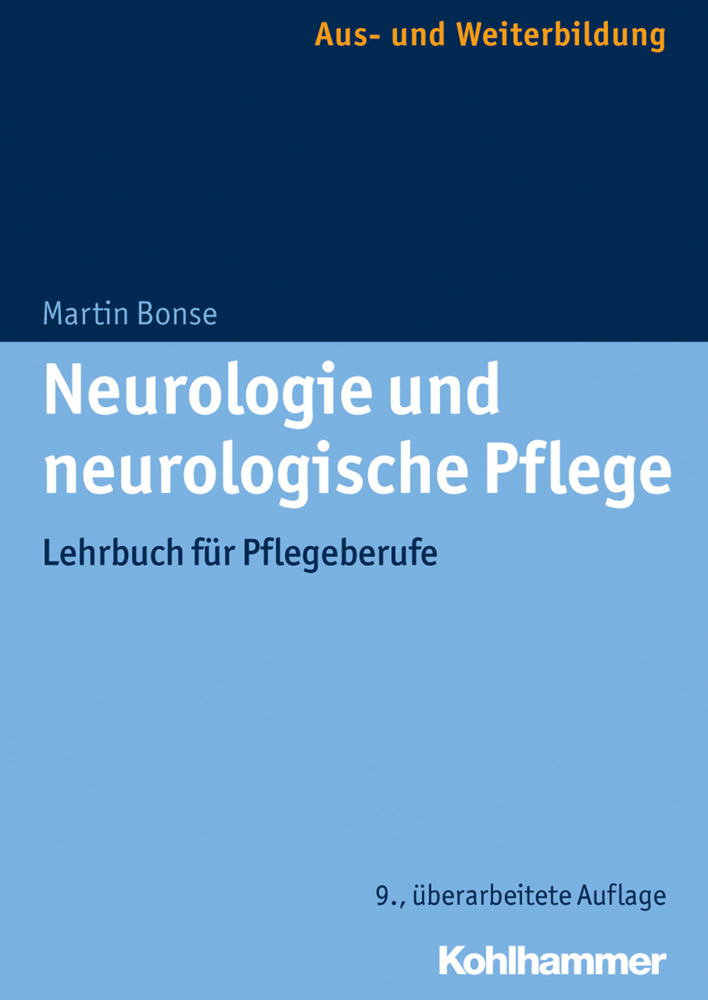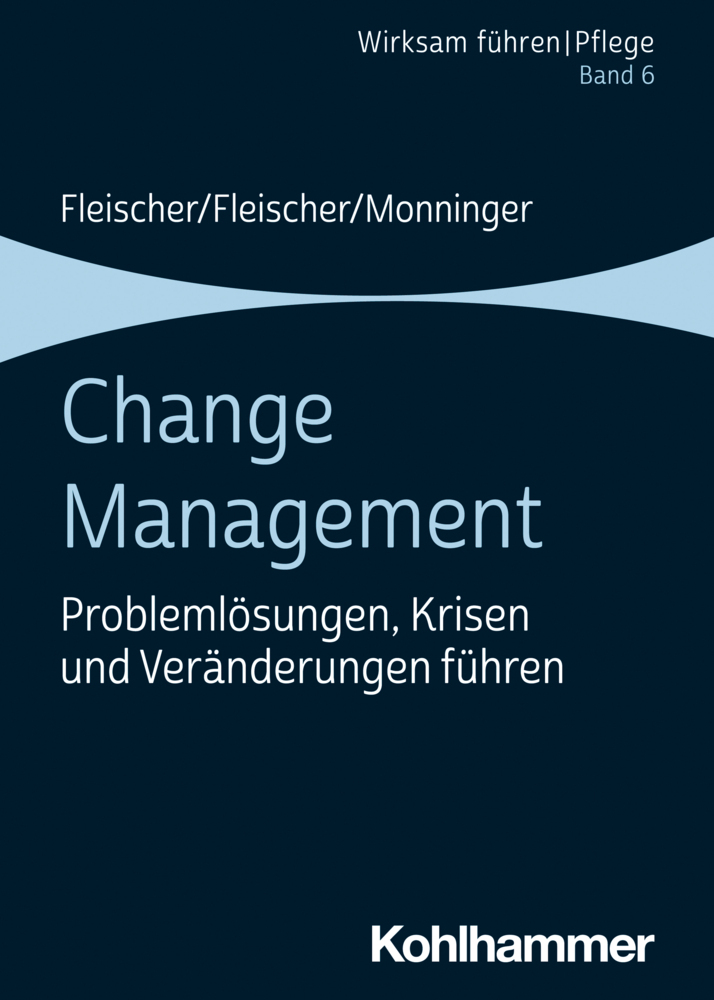Steps To Follow
A Guide to the Treatment of Adult Hemiplegia
Steps To Follow
A Guide to the Treatment of Adult Hemiplegia
The treatment and reintegration of adults with brain damage sustained as a result of illness or accident is one of the most important and challenging tasks in the field of rehabilitation. This is not only due to the complexity of the lost functions, but also because stroke is the most frequent cause of severe disability in our society. Approx imately 25% of all severely disabled persons are hemiplegics (Nichols 1976). Brain damage caused by vascular disease is a tremendous problem for any population and civilization. Causes and effects, with the resulting symptoms, vary so widely that the problems are only gradually being recognized, and then perhaps not fully, even by the most committed research workers, doctors and therapists. The function al disturbances that arise as a result of cerebro-vascular accident, that is following stroke, in young and old do not differ fundamentally for the different age groups. Treatment and rehabilitation do however become more difficult with increasing age due mainly to the frequent presence of multiple disease, multiple sites, the diffuse spread of the vascular disease and the brain damage itself, the decreasing plasticity of the central nervous system and the frequent absence of a partner, of relatives and friends in later years. Deep down inside everyone knows that a stroke is one of the most devastating traumas to the whole personality, that it is a dreadful blow to the person directly af fected and to his family and friends as well.
1.2 Implications for Therapy
1.3 Application to Therapy
1.4 Guiding
1.5 Considerations
2 Normal Movement Sequences and Balance Reactions
2.1 Analysis of Certain Everyday Movements
2.2 Balance, Righting and Equilibrium Reactions
2.3 Considerations
3 Abnormal Movement Patterns in Hemiplegia
3.1 Persistence of Primitive Mass Synergies
3.2 The Synergies as They Appear in Association with Hemiplegia
3.3 Abnormal Muscle Tone
3.4 Placing
3.5 Relevant Tonic Reflexes
3.6 Associated Reactions and Associated Movements
3.7 Disturbed Sensation
3.8 Considerations
4 Practical Assessment - A Continuing Process
4.1 The Aims of Assessment
4.2 Immediate Observation
4.3 Subjective History
4.4 Appropriate Clothing for Assessment and Treatment
4.5 Muscle Tone
4.6 Joint Range
4.7 Muscle Charts
4.8 Recording the Assessment
5 The Acute Phase - Positioning and Moving in Bed and in the Chair
5.1 The Arrangement of the Patient's Room
5.2 Positioning the Patient in Bed
5.3 Sitting in a Chair
5.4 Self-Assisted Arm Activity with Clasped Hands
5.5 Moving in Bed
5.6 Transferring from Bed to Chair and Back Again
5.7 Incontinence
5.8 Constipation
5.9 Considerations
6 Normalising Postural Tone and Teaching the Patient to Move Selectively and Without Excessive Effort
6.1 Activities in Lying
6.2 Activities in Sitting
6.3 Activities in Standing to Train Weight-Bearing on the Hemiplegic Leg
6.4 Activities in Standing to Train Selective Movement of the Hemiplegic Leg
6.5 Rolling Over
6.6 Considerations
7 Retraining Balance Reactions in Sitting and Standing
7.1 Activities in Sitting
7.2 Activities in Standing with the Weight on Both Legs
7.3Activities in Standing with the Weight on the Hemiplegic Leg
7.4 Activities Where the Weight Is on Alternate Legs
7.5 Activities in Standing with the Weight on the Sound Leg
7.6 Considerations
8 Encouraging the Return of Activity in the Arm and Hand and Minimising Associated Reactions
8.1 Activities in Supine Lying
8.2 Activities in Sitting
8.3 Activities in Standing
8.4 Stimulation of Active and Functional Movement
8.5 Considerations
9 The Re-education of Functional Walking
9.1 Important Considerations Before Facilitating Walking
9.2 Facilitation
9.3 Protective Steps to Regain Balance
9.4 Supporting the Hemiplegic Foot
9.5 Going up and down Stairs
9.6 Using a Stick
9.7 Considerations
10 Some Activities of Daily Living
10.1 Therapeutic Considerations
10.2 Personal Hygiene
10.3 Dressing
10.4 Undressing
10.5 Eating
10.6 Driving a Car
10.7 Considerations
11 Mat Activities
11.1 Going down on to the Mat
11.2 Moving to Side-Sitting
11.3 Activities in Long-Sitting
11.4 Rolling
11.5 Prone Lying
11.6 Moving to Prone Kneeling
11.7 Activities in Prone Kneeling
11.8 Activities in Kneel-Standing
11.9 Activities in Half-Kneel-Standing
11.10 Standing up from Half-Kneeling
11.11 Considerations
12 Shoulder Problems Associated with Hemiplegia
12.1 The Subluxed or Malaligned Shoulder
12.2 The Painful Shoulder
12.3 The "Shoulder-Hand" Syndrome
12.4 Considerations
13 The Neglected Face
13.1 Important Considerations for the Facilitation of the Movements of the Face and Mouth
13.2 Dentures
13.3 Appropriate Treatment for the Common Difficulties
13.4 Oral Hygiene
13.5 Considerations
14 Out of Line (The Pusher Syndrome)
14.1 The Typical Signs
14.2 Specific Treatment
14.3 Considerations.-15 The Home Programme
References.
1 The Problems We Cannot See
1.1 Perception and Perceptual Problems1.2 Implications for Therapy
1.3 Application to Therapy
1.4 Guiding
1.5 Considerations
2 Normal Movement Sequences and Balance Reactions
2.1 Analysis of Certain Everyday Movements
2.2 Balance, Righting and Equilibrium Reactions
2.3 Considerations
3 Abnormal Movement Patterns in Hemiplegia
3.1 Persistence of Primitive Mass Synergies
3.2 The Synergies as They Appear in Association with Hemiplegia
3.3 Abnormal Muscle Tone
3.4 Placing
3.5 Relevant Tonic Reflexes
3.6 Associated Reactions and Associated Movements
3.7 Disturbed Sensation
3.8 Considerations
4 Practical Assessment - A Continuing Process
4.1 The Aims of Assessment
4.2 Immediate Observation
4.3 Subjective History
4.4 Appropriate Clothing for Assessment and Treatment
4.5 Muscle Tone
4.6 Joint Range
4.7 Muscle Charts
4.8 Recording the Assessment
5 The Acute Phase - Positioning and Moving in Bed and in the Chair
5.1 The Arrangement of the Patient's Room
5.2 Positioning the Patient in Bed
5.3 Sitting in a Chair
5.4 Self-Assisted Arm Activity with Clasped Hands
5.5 Moving in Bed
5.6 Transferring from Bed to Chair and Back Again
5.7 Incontinence
5.8 Constipation
5.9 Considerations
6 Normalising Postural Tone and Teaching the Patient to Move Selectively and Without Excessive Effort
6.1 Activities in Lying
6.2 Activities in Sitting
6.3 Activities in Standing to Train Weight-Bearing on the Hemiplegic Leg
6.4 Activities in Standing to Train Selective Movement of the Hemiplegic Leg
6.5 Rolling Over
6.6 Considerations
7 Retraining Balance Reactions in Sitting and Standing
7.1 Activities in Sitting
7.2 Activities in Standing with the Weight on Both Legs
7.3Activities in Standing with the Weight on the Hemiplegic Leg
7.4 Activities Where the Weight Is on Alternate Legs
7.5 Activities in Standing with the Weight on the Sound Leg
7.6 Considerations
8 Encouraging the Return of Activity in the Arm and Hand and Minimising Associated Reactions
8.1 Activities in Supine Lying
8.2 Activities in Sitting
8.3 Activities in Standing
8.4 Stimulation of Active and Functional Movement
8.5 Considerations
9 The Re-education of Functional Walking
9.1 Important Considerations Before Facilitating Walking
9.2 Facilitation
9.3 Protective Steps to Regain Balance
9.4 Supporting the Hemiplegic Foot
9.5 Going up and down Stairs
9.6 Using a Stick
9.7 Considerations
10 Some Activities of Daily Living
10.1 Therapeutic Considerations
10.2 Personal Hygiene
10.3 Dressing
10.4 Undressing
10.5 Eating
10.6 Driving a Car
10.7 Considerations
11 Mat Activities
11.1 Going down on to the Mat
11.2 Moving to Side-Sitting
11.3 Activities in Long-Sitting
11.4 Rolling
11.5 Prone Lying
11.6 Moving to Prone Kneeling
11.7 Activities in Prone Kneeling
11.8 Activities in Kneel-Standing
11.9 Activities in Half-Kneel-Standing
11.10 Standing up from Half-Kneeling
11.11 Considerations
12 Shoulder Problems Associated with Hemiplegia
12.1 The Subluxed or Malaligned Shoulder
12.2 The Painful Shoulder
12.3 The "Shoulder-Hand" Syndrome
12.4 Considerations
13 The Neglected Face
13.1 Important Considerations for the Facilitation of the Movements of the Face and Mouth
13.2 Dentures
13.3 Appropriate Treatment for the Common Difficulties
13.4 Oral Hygiene
13.5 Considerations
14 Out of Line (The Pusher Syndrome)
14.1 The Typical Signs
14.2 Specific Treatment
14.3 Considerations.-15 The Home Programme
References.
Davies, Patricia M.
Zinn, W. M.
Brühwiller, David J.
| ISBN | 978-3-540-13436-7 |
|---|---|
| Artikelnummer | 9783540134367 |
| Medientyp | Buch |
| Copyrightjahr | 1985 |
| Verlag | Springer, Berlin |
| Umfang | XXIII, 300 Seiten |
| Abbildungen | XXIII, 300 p. |
| Sprache | Englisch |

